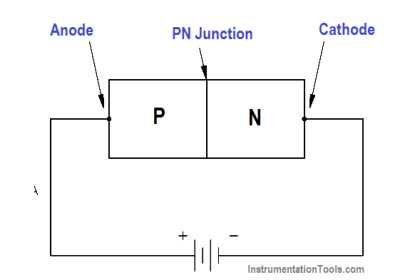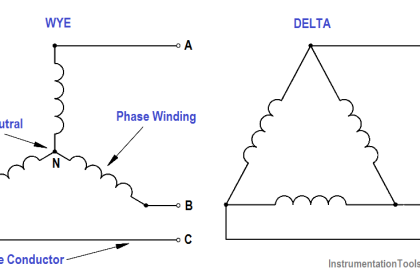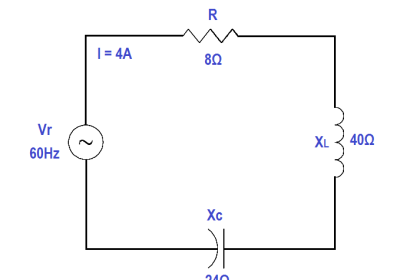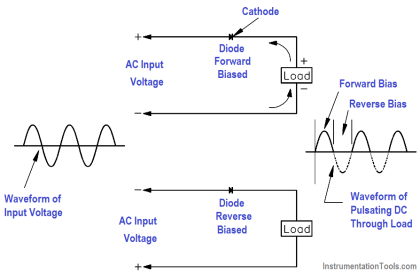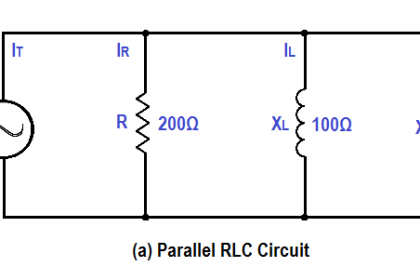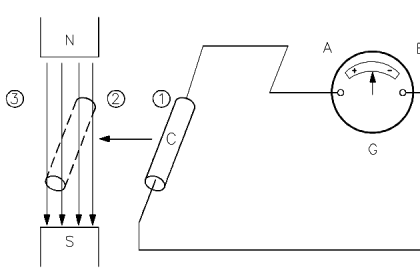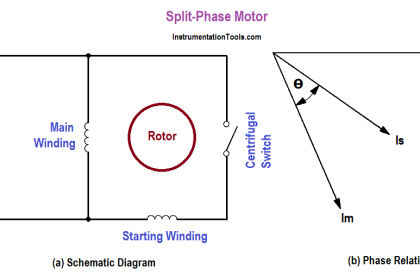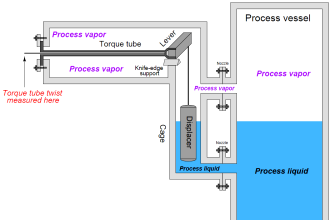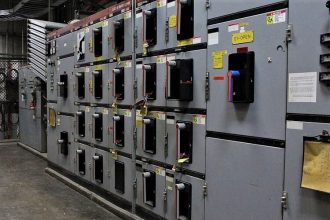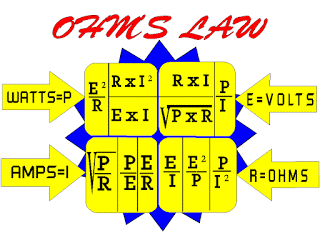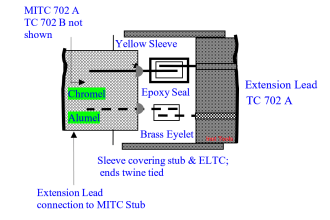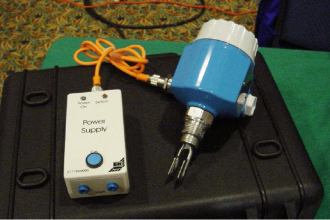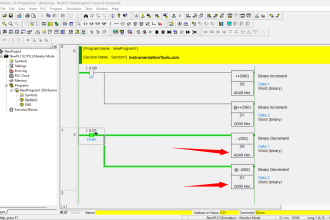DC motors are widely used to drive various equipment. The speed and torque produced in a DC motor depends on a variety of factors.
Inducing a Force on a Conductor
There are two conditions which are necessary to produce a force on a conductor.
- The conductor must be carrying current.
- The conductor must be within a magnetic field.
When these two conditions exist, a force will be applied to the conductor, which will attempt to move the conductor in a direction perpendicular to the magnetic field. This is the basic theory by which all DC motors operate.
Theory of Operation
Every current-carrying conductor has a magnetic field around it. The direction of this magnetic field may be found by using the left-hand rule for current-carrying conductors. When the thumb points in the direction of current flow, the fingers will point in the direction of the magnetic field produced, as shown in Figure 1.
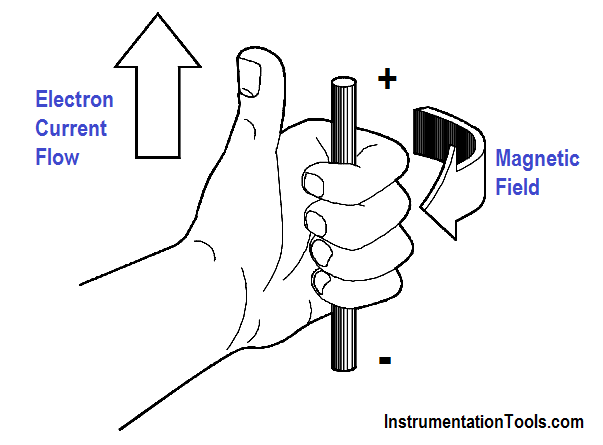
Figure 1 : Left-Hand Rule for Current-Carrying Conductors
If a current-carrying conductor is placed in a magnetic field, the combined fields will be similar to those shown in Figure 2. The direction of current flow through the conductor is indicated with an “x” or a “·”. The “x” indicates the current flow is away from the reader, or into the page. The “·” indicates the current flow is towards the reader, or out of the page.
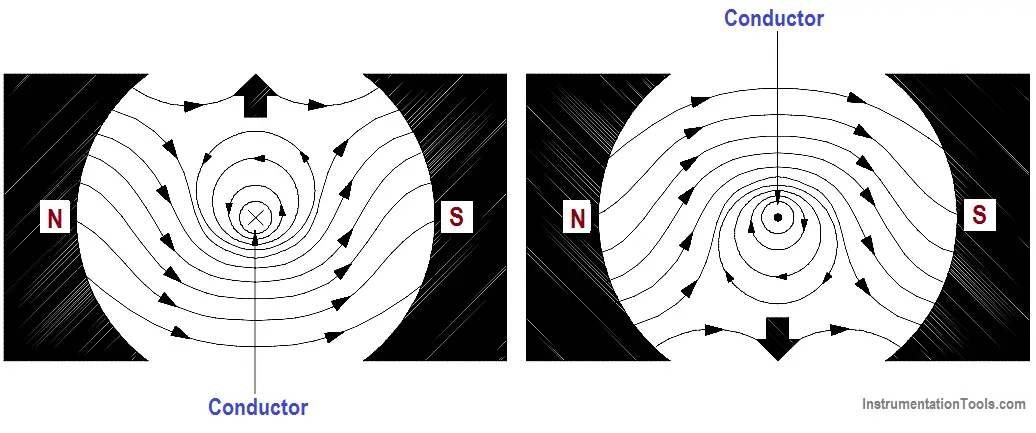
Figure 2 : Current-Carrying Conductor in a Magnetic Field
Above the conductor on the left, the field caused by the conductor is in the opposite direction of the main field, and therefore, opposes the main field. Below the conductor on the left, the field caused by the conductor is in the same direction as the main field, and therefore, aids the main field. The net result is that above the conductor the main field is weakened, or flux density is decreased; below the conductor the field is strengthened, or flux density is increased. A force is developed on the conductor that moves the conductor in the direction of the weakened field (upward).
Above the conductor on the right, the field caused by the conductor is in the same direction as the main field, and therefore, aids the main field. Below the conductor on the right, the field caused by the conductor is in the opposite direction of the main field, and therefore, opposes the main field. The net result is that above the conductor the field is strengthened, or flux density is increased, and below the conductor, the field is weakened, or flux density is decreased. A force is developed on the conductor that moves the conductor in the direction of the weakened field (downward).
In a DC motor, the conductor will be formed in a loop such that two parts of the conductor are in the magnetic field at the same time, as shown in Figure 3.
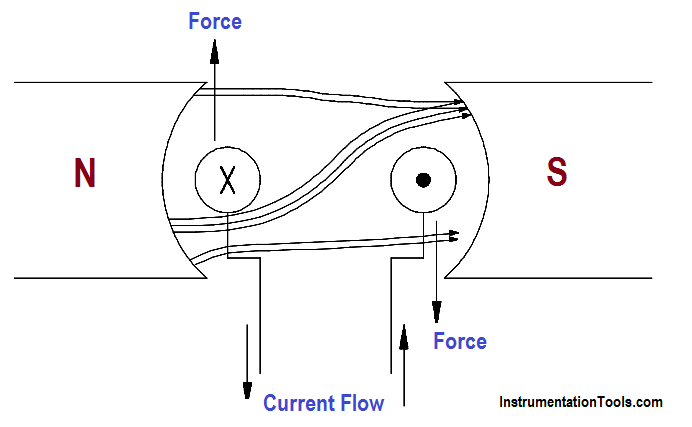
Figure 3 : Motor Action
This combines the effects of both conductors to distort the main magnetic field and produce a force on each part of the conductor. When the conductor is placed on a rotor, the force exerted on the conductors will cause the rotor to rotate clockwise, as shown on Figure 3.
You can think of these magnetic lines of force as rubber bands that are always trying to shorten themselves. The lines of force above the conductor exert a downward force due to the magnetic lines of force trying to straighten themselves.
The above explanation of how a force is developed is convenient; however, it is somewhat artificial. It is based on a fundamental principle of physics which may be stated as follows:
“A current-carrying conductor in a magnetic field tends to move at right angles to that field.”
Another important way to show the relationship between the current-carrying conductor, magnetic field, and motion, is the right-hand rule for motors, as shown in Figure 4.

Figure 4 : Right-Hand Rule for Motors
The right-hand rule for motors shows the direction in which a current-carrying conductor moves in a magnetic field. When the forefinger is pointed in the direction of the magnetic field lines, and the center finger is pointed in the direction of current flow, the thumb will point in the direction of force (motion).
